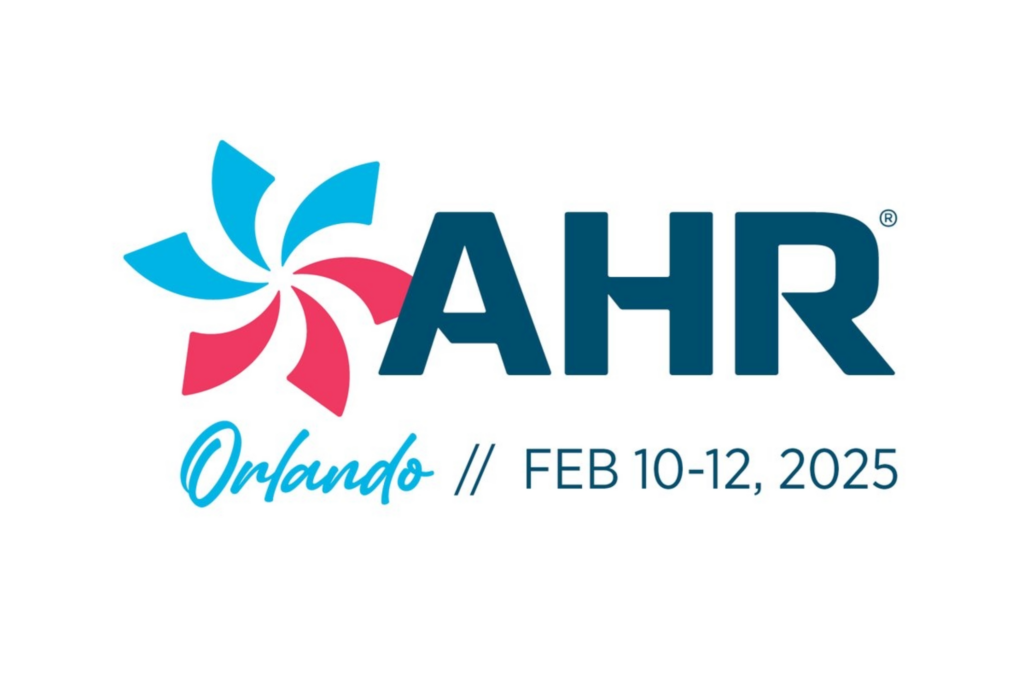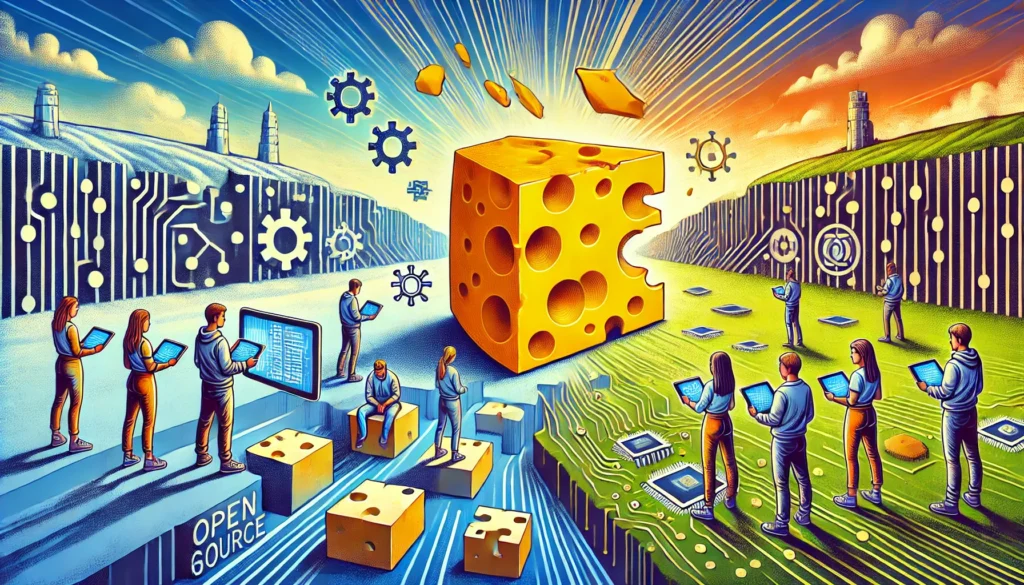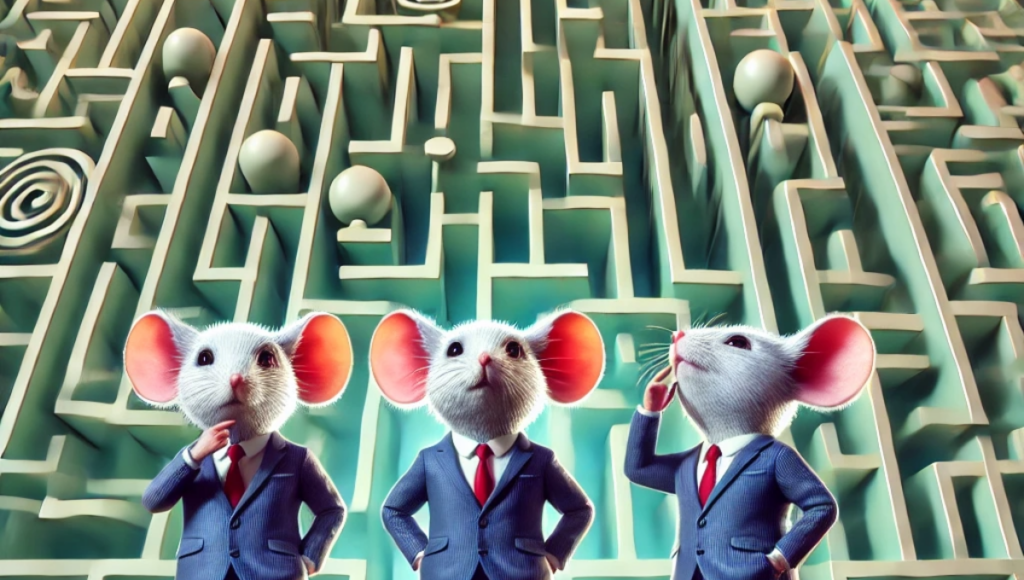
The BAS Professional’s Role: Driving Decarbonization Strategies in a Changing World
Decarbonization is reshaping the energy management landscape, creating new opportunities and challenges for BAS professionals. From electrification and energy optimization to industry collaboration, the path to a low-carbon future is complex but full of potential. By embracing this transformation, BAS professionals can play a pivotal role in driving sustainable solutions and shaping the future of smart building design. The time to act is now—decarbonization is not just the future; it’s the present.










